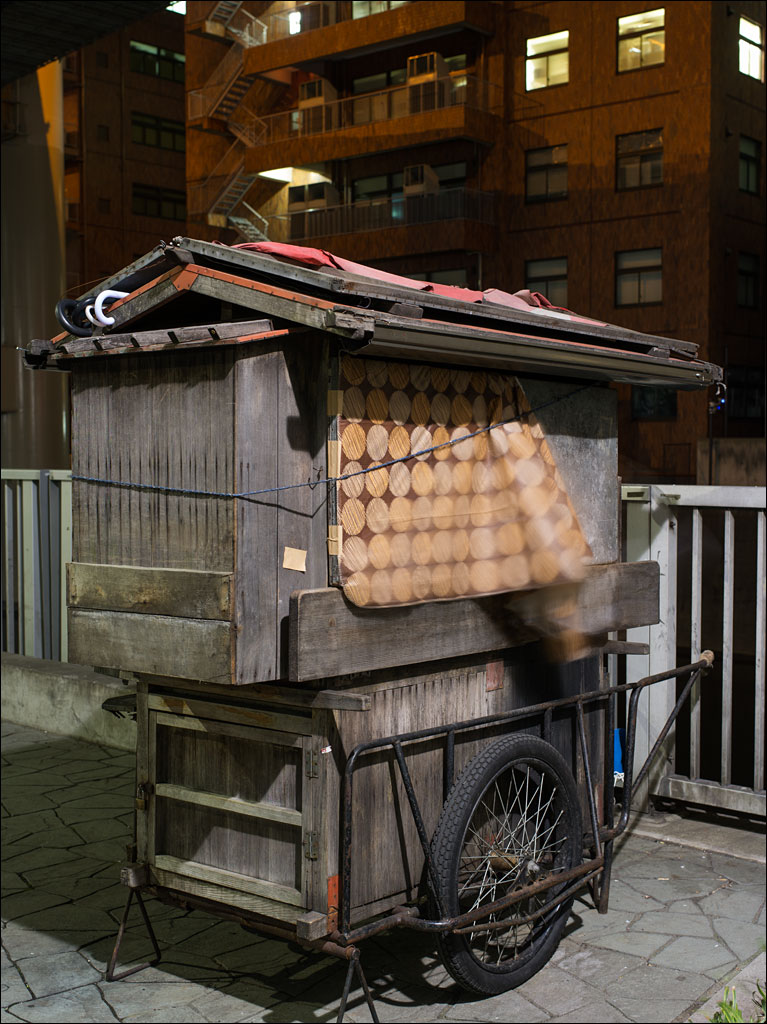 Every city has a landmark that defines it. Imagine looking over a bay and seeing lady liberty holding her torch to the sky—a colossus proclaiming to take the world’s tired and downtrodden. Behind her lies a gleaming metropolis where people come to build their dreams. The place is instantly recognizable—Tokyo. Click on the image for a larger view.
Every city has a landmark that defines it. Imagine looking over a bay and seeing lady liberty holding her torch to the sky—a colossus proclaiming to take the world’s tired and downtrodden. Behind her lies a gleaming metropolis where people come to build their dreams. The place is instantly recognizable—Tokyo. Click on the image for a larger view.
Category Archives: Tokyo
Earth, Water, Fire, Wind, Emptiness
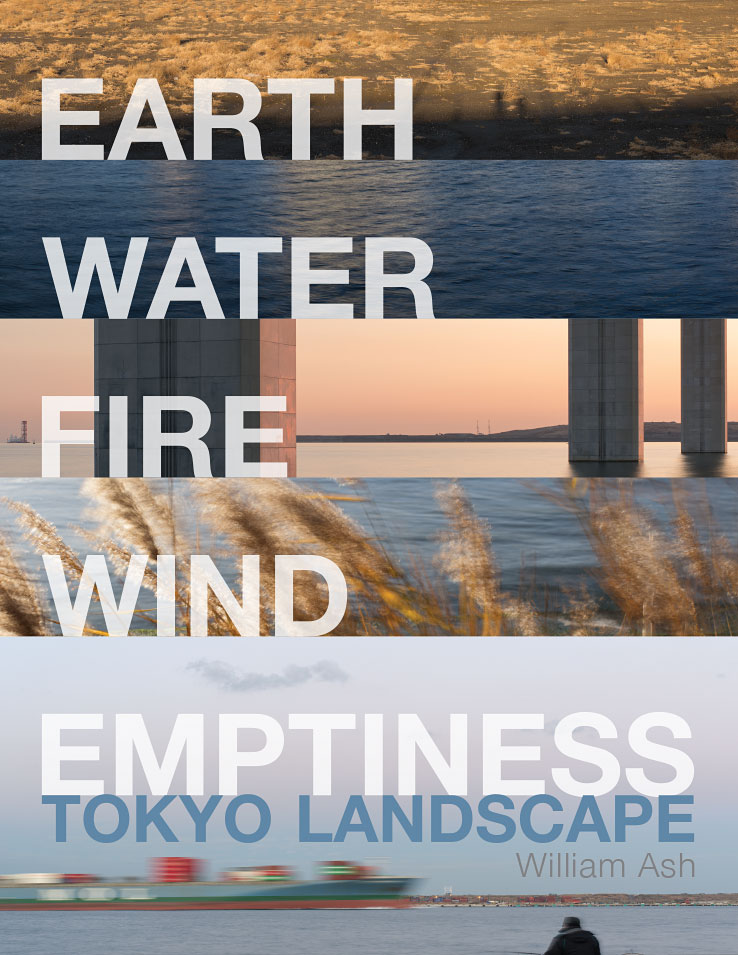 Naomi and I are excited to announce our upcoming book Earth, Water, Fire, Wind, Emptiness: Tokyo Landscape. Taking inspiration from the five elements in Japanese Buddhism, Earth, Water, Fire, Wind, Emptiness is a homage to a city we called home for ten years. Starting from the simple question of what is the natural landscape of Tokyo, the book weaves a quiet narrative of this city through space and time.
Naomi and I are excited to announce our upcoming book Earth, Water, Fire, Wind, Emptiness: Tokyo Landscape. Taking inspiration from the five elements in Japanese Buddhism, Earth, Water, Fire, Wind, Emptiness is a homage to a city we called home for ten years. Starting from the simple question of what is the natural landscape of Tokyo, the book weaves a quiet narrative of this city through space and time.
80 photographs, 1 illustration, text in English and Japanese, 96 pages, 8.5”x11”.
Available spring, 2015. Click on the image for a larger view.
Where Gods Dwell
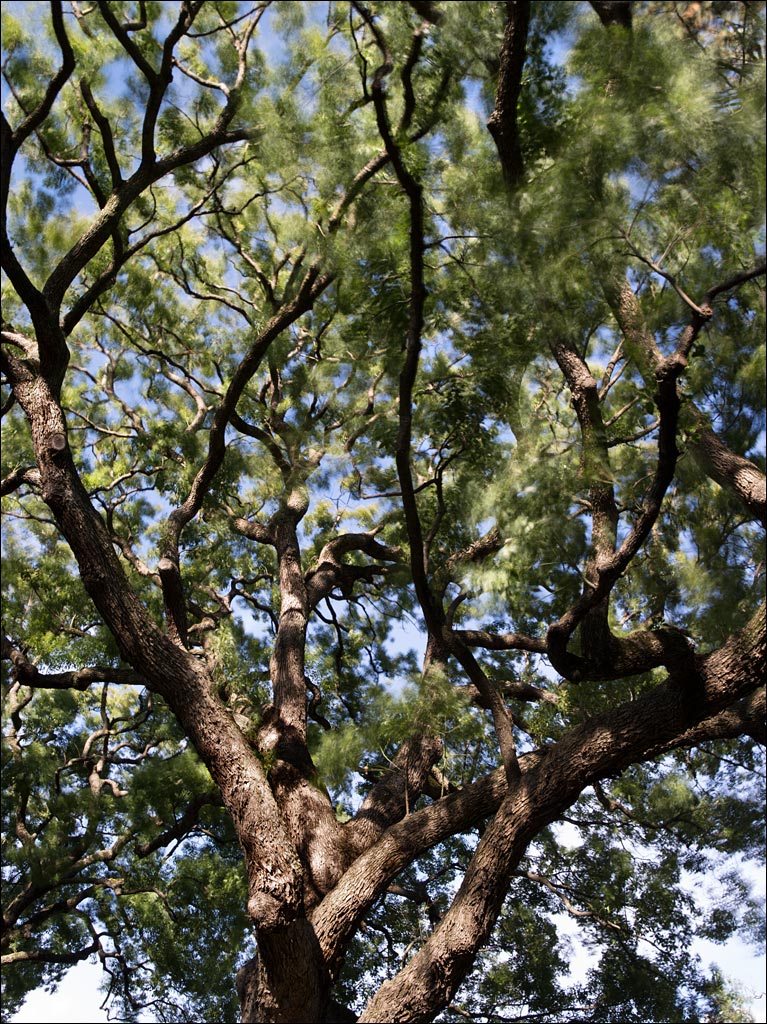 If anyone has seen the work of the director Hayeo Miyazaki, a common motif may strike you: trees. In the movies Castle in the Sky, My Neighbor Totoro, and Princes Mononoke, powerful, towering arboreal characters appear. The early Japanese believed trees, particularly evergreen trees, were dwellings for deities from heaven. With roots firmly in the earth and branches reaching into the sky, living off the wind and sun, and lifespans greater than any human, how could these beings be anything but divine. The Indian poet Rabindranath Tagore said, “trees are the Earth’s endless effort to speak to the listening heaven.” Click on the image for a larger view.
If anyone has seen the work of the director Hayeo Miyazaki, a common motif may strike you: trees. In the movies Castle in the Sky, My Neighbor Totoro, and Princes Mononoke, powerful, towering arboreal characters appear. The early Japanese believed trees, particularly evergreen trees, were dwellings for deities from heaven. With roots firmly in the earth and branches reaching into the sky, living off the wind and sun, and lifespans greater than any human, how could these beings be anything but divine. The Indian poet Rabindranath Tagore said, “trees are the Earth’s endless effort to speak to the listening heaven.” Click on the image for a larger view.
A Tokyo Landscape
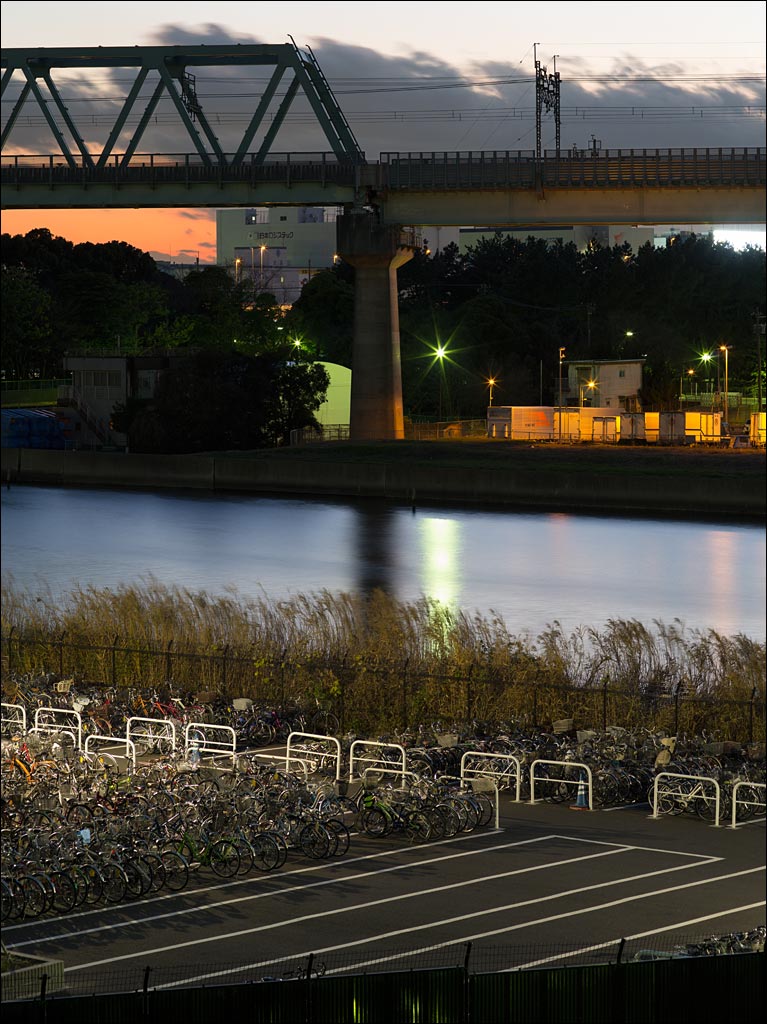 Tokyo, like many cities, is built up of layers upon layers. Time shift those layers, removing old ones and adding new. But somehow, when you stand in front of a landscape, you feel its solidity—a sort of eternal presence. If I had taken this picture one hundred years ago, all I would see would be the water of Tokyo bay (not this canal), the horizon, and sky. Nothing you actually see in this photograph would be there. Click on the image for a larger view.
Tokyo, like many cities, is built up of layers upon layers. Time shift those layers, removing old ones and adding new. But somehow, when you stand in front of a landscape, you feel its solidity—a sort of eternal presence. If I had taken this picture one hundred years ago, all I would see would be the water of Tokyo bay (not this canal), the horizon, and sky. Nothing you actually see in this photograph would be there. Click on the image for a larger view.
Tokyo Ghost Story
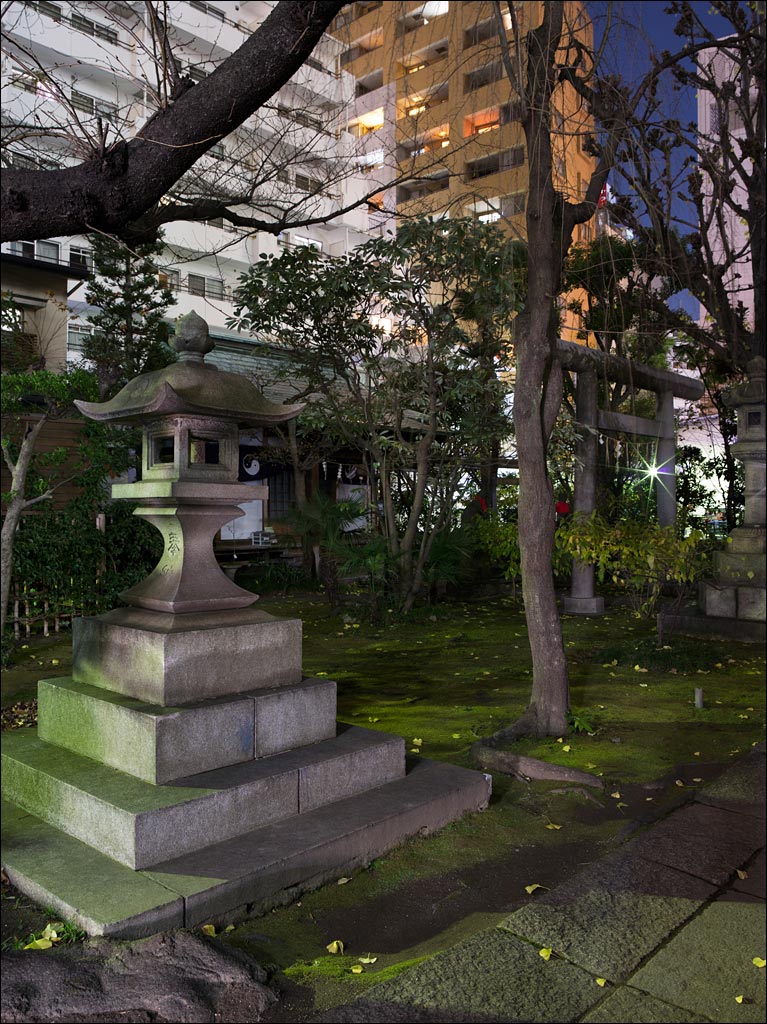 Oiwa Inari Tamia Shrine is located between Tokyo station and the Sumida river. This small shrine is connected to one of the most popular ghost stories in Japan, Yotsuya Kaidan, a 19th century Kabuki play. The story’s main character is a woman named Oiwa. Actors visit this shrine to pay respect to her spirit before performing her role.
Oiwa Inari Tamia Shrine is located between Tokyo station and the Sumida river. This small shrine is connected to one of the most popular ghost stories in Japan, Yotsuya Kaidan, a 19th century Kabuki play. The story’s main character is a woman named Oiwa. Actors visit this shrine to pay respect to her spirit before performing her role.
Oiwa is betrayed by a husband that murdered her father. She is horribly disfigured by a poisoned face cream given to her by Oume, a rival for her husband Iemon. Iemon, repulsed by Oiwa’s appearance, sends an accomplice to assault her to give him grounds for divorce. His partner cannot go through with the deed and reveals the plan to Oiwa. Showing Oiwa her disfigured image in a mirror, she is incensed. In her rage, she fatally injures herself with a sword. She dies cursing her husband, becoming an onryô, a vengeful spirit. By the end of the story, her spirit is revenged. A bloody tale, but a popular one.
Click on the image for a larger view.
Tokyo Neighborhoods
 Tokyo neighborhoods are packed. The average single-family residence in Tokyo is 68m² or 732ft². Itabashi-ku, where this image was taken, has a population density of 16,924 people per square kilometer or 43,837 people per square mile. Itabashi-ku is at the edge of the metropolitan area. Click on the image for a larger view.
Tokyo neighborhoods are packed. The average single-family residence in Tokyo is 68m² or 732ft². Itabashi-ku, where this image was taken, has a population density of 16,924 people per square kilometer or 43,837 people per square mile. Itabashi-ku is at the edge of the metropolitan area. Click on the image for a larger view.
Chuo Bohatei—Reclaiming Land
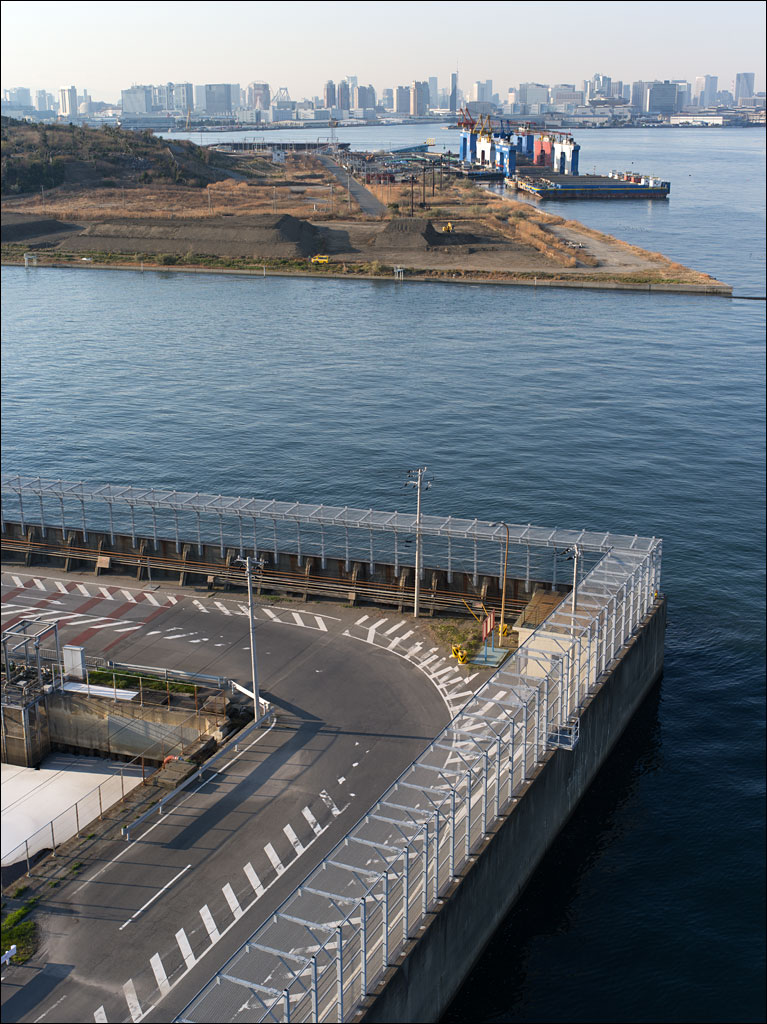 Chou Bohatei or Central Breakwater Island is the largest landfill in Tokyo bay. It is expected to cover 989 hectare or 2,444 acres when complete. About half a million tons of rubble from the Tohoku Tsunami disaster was deposited at this site.
Chou Bohatei or Central Breakwater Island is the largest landfill in Tokyo bay. It is expected to cover 989 hectare or 2,444 acres when complete. About half a million tons of rubble from the Tohoku Tsunami disaster was deposited at this site.
A number of events at the 2020 Tokyo Olympics are expected to take place here—cycling will be on the outer landfill, the island in the foreground, rowing and kayaking in the channel, and equestrian events on the inner landfill on the other side of the channel. The hill on the inner landfill is part of the Sea Forest Park which will host the events.
At the horizon is the reclaimed land of Odaiba and the mainland of Tokyo. Since Tokyo has been extending into the bay, over 250km² or 100mi² of land has been created. Almost everything in the image is or is on reclaimed land. Click on the image for a larger view.
Nihonbashi—the Bridge of Japan
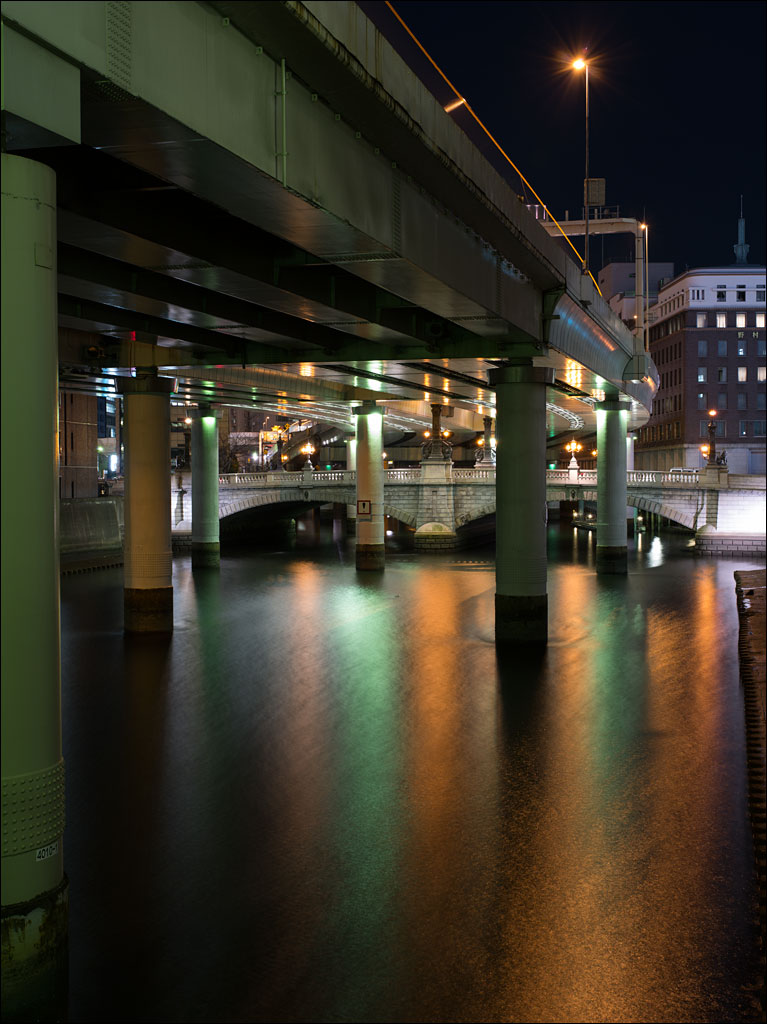 Nihonbashi, the bridge of Japan, is unceremoniously nestled under a highway built in 1964 for the Tokyo olympic games. But the bridge had a greater symbolic role in the nation. When Ieyasu Tokugawa made Edo as the capital of his new shogunate, he designated Nihonbashi as the point every road in the land would be measured from. The original bridge was built in 1603. The current structure is from 1911.
Nihonbashi, the bridge of Japan, is unceremoniously nestled under a highway built in 1964 for the Tokyo olympic games. But the bridge had a greater symbolic role in the nation. When Ieyasu Tokugawa made Edo as the capital of his new shogunate, he designated Nihonbashi as the point every road in the land would be measured from. The original bridge was built in 1603. The current structure is from 1911.
It would probably come as no surprise to anyone that the river, Nihonbashigawa, is older than the bridge. What might be a surprise is it is not that much older as it was built in the 15th century. Ota Doukan had built the first castle in the area in 1457. This waterway served as defense for the castle and a route to Tokyo bay. That castle evolved into what is now known as the Imperial Palace. Click on the image for a larger view.
Fast Food—Japanese Style
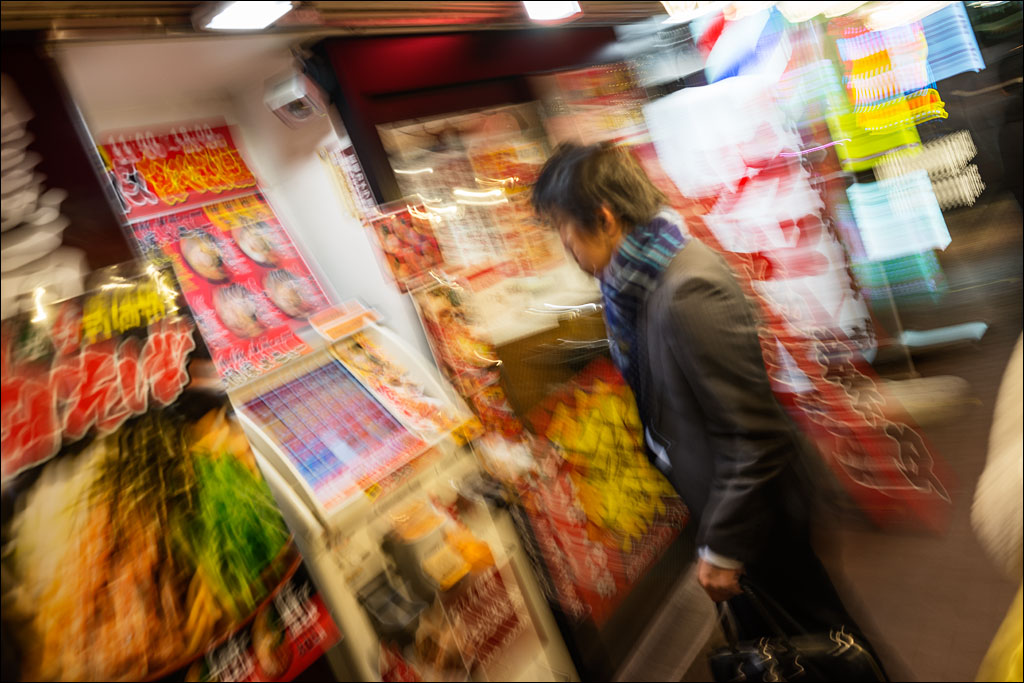 Fast food is synonymous with unhealthy food, at least in the West. In Japan, it is not so bad. For example, the last place I dropped in for a quick bite, this is what my $9 got me:
Fast food is synonymous with unhealthy food, at least in the West. In Japan, it is not so bad. For example, the last place I dropped in for a quick bite, this is what my $9 got me:
Lightly fried fish, shrimp, squid, and vegetables in batter
a bowl of white rice
a bowl of miso soup
boiled spinach
a small side of pickled vegetables
a cup of green tea at the beginning and a cup of brown tea at the end
The rice and miso soup have free refills.
OK, that is not quite right. That was about $6. I also ordered a glass for beer, which brought the total to $9.
And it is fast. Many places have a ticket machine outside where you purchase your meal. You take that in, sit at the bar, and hand it to the servers. A few minutes later you have your food. And when you finish, you just leave. Click on the image for a larger view.

